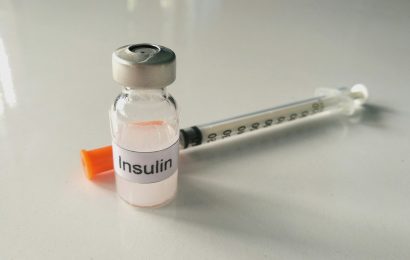The April 29 issue of The New York Times science section had a good article by Jane Brody on the benefits of exercise in chronic illness, "You Name It, Exercise Will Make It Better." It could have been stronger, but it does make the true point that physical activity is the single best health practice, no matter what your condition.
The good thing about writing for The Times is that you can call an expert anywhere in the world, and they’ll answer you. In Brody’s article, a Harvard epidemiologist named Frank Hu says that exercise “comes close to a magic bullet, in terms of its strong and universal benefits.”
Marilyn Moffatt, a physical therapy professor at New York University, says “regular moderate exercise increases your ability to fight the effects of disease.”
I won’t quote any more for fear of copyright problems. But Dr. Moffatt reports that exercise helps people with heart failure, lowers high blood pressure, and improves peripheral circulation. It prevents strokes in people who have had “ministrokes” or transient ischemic attacks (TIAs), as they’re called. It reduces pain and increases mobility in people with arthritis, Parkinson disease, and multiple sclerosis. It increases energy for everyone, even those with heart and lung disease.
We all know about the benefits for people with diabetes, especially Type 2. Exercise lowers insulin resistance more than any drug or combination of drugs.
Exercise and the Brain
Perhaps the most dramatic benefits of exercise are the way it often relieves depression. For many people, exercise lifts their mood, boosts their self-confidence, and makes them feel more confident about the future. (I coach some depressed people, and while some have found exercise a virtual cure for depression, others still need medicines and still have some really bad days. Exercising helps them but doesn’t cure them. Psychotherapy is still a valuable treatment for them.) Exercise also helps people with high anxiety levels and is probably the best stress-reducer.
Why Isn’t This Wonder Drug Prescribed?
So once again, I have to ask, why do we spend gazillion$ on drugs (actually, a bit over $200 billion) and virtually nothing (about $100 million nationwide) on promoting physical activity? Is it as simple as a health-care system doing what is easy and profitable instead of what works? Or is there more to it? Why have schools cut out physical education and, in many cases, even eliminated recess? Why do office buildings keep stairways locked, forcing people to take the elevators? Why are communities being built without sidewalks, so people can’t walk safely?
We know that lack of exercise is a major contributor to Type 2 diabetes, heart disease, and most other chronic illness. We also know that physically active children learn better, behave better, and have better health. Why isn’t exercise being vigorously promoted and enabled? Why is it being de-emphasized, and many cases prevented, in a society that spends $1.5 trillion per year treating chronic illness?
Our society denies people activities that would make them healthier and more confident. Why? I write a lot about these problems and what we can do about it in my book Diabetes: Sugar-coated Crisis. But what do you think about it?
Link for Good Science Writing
Jane Brody, who wrote this exercise article, is not one of my favorites. Her associate Natalie Angier writes the most entertaining, informative, and interesting science articles I have seen. It would be almost (but, in my opinion, not quite) worth subscribing to the NYT just for her. But you can see some of her work here.




